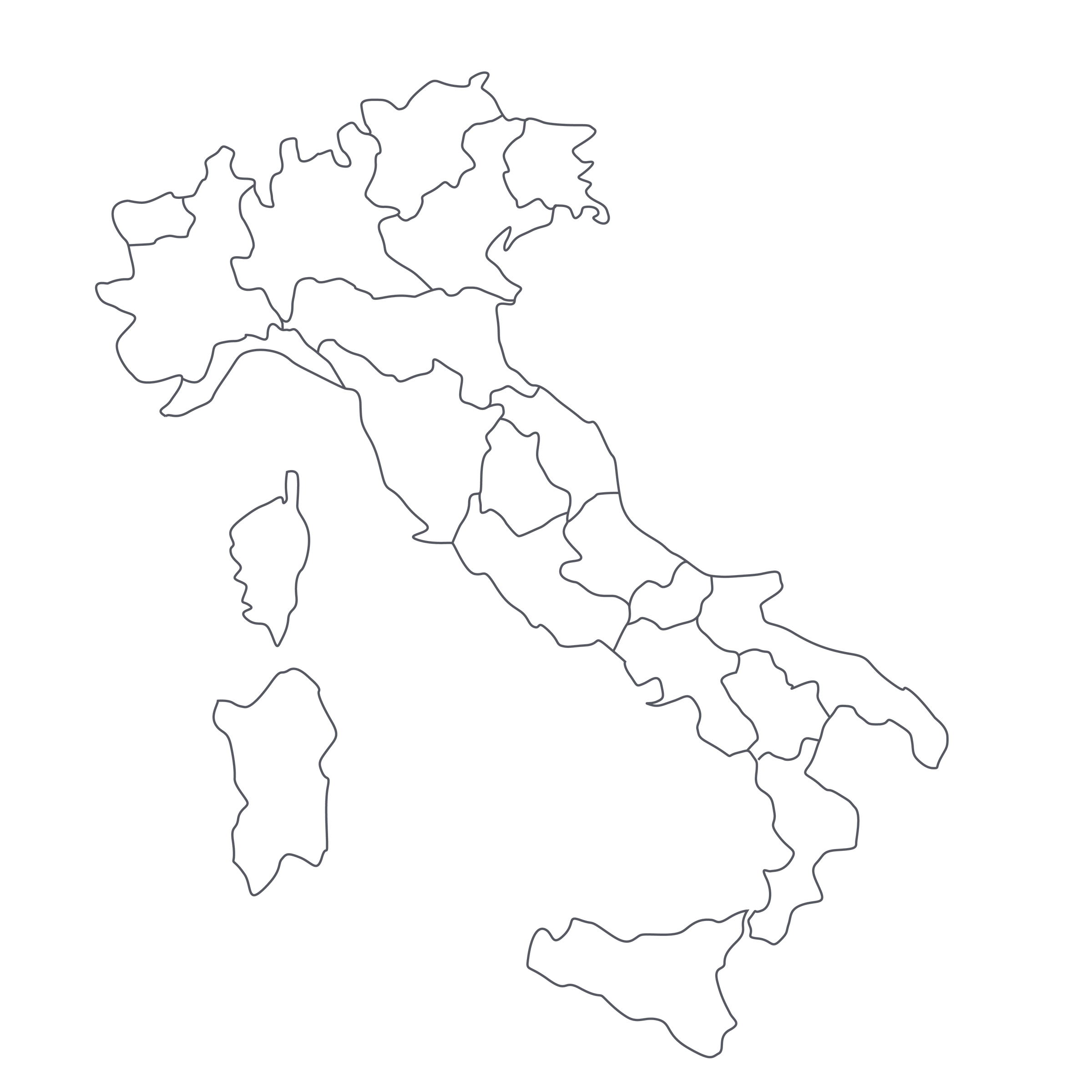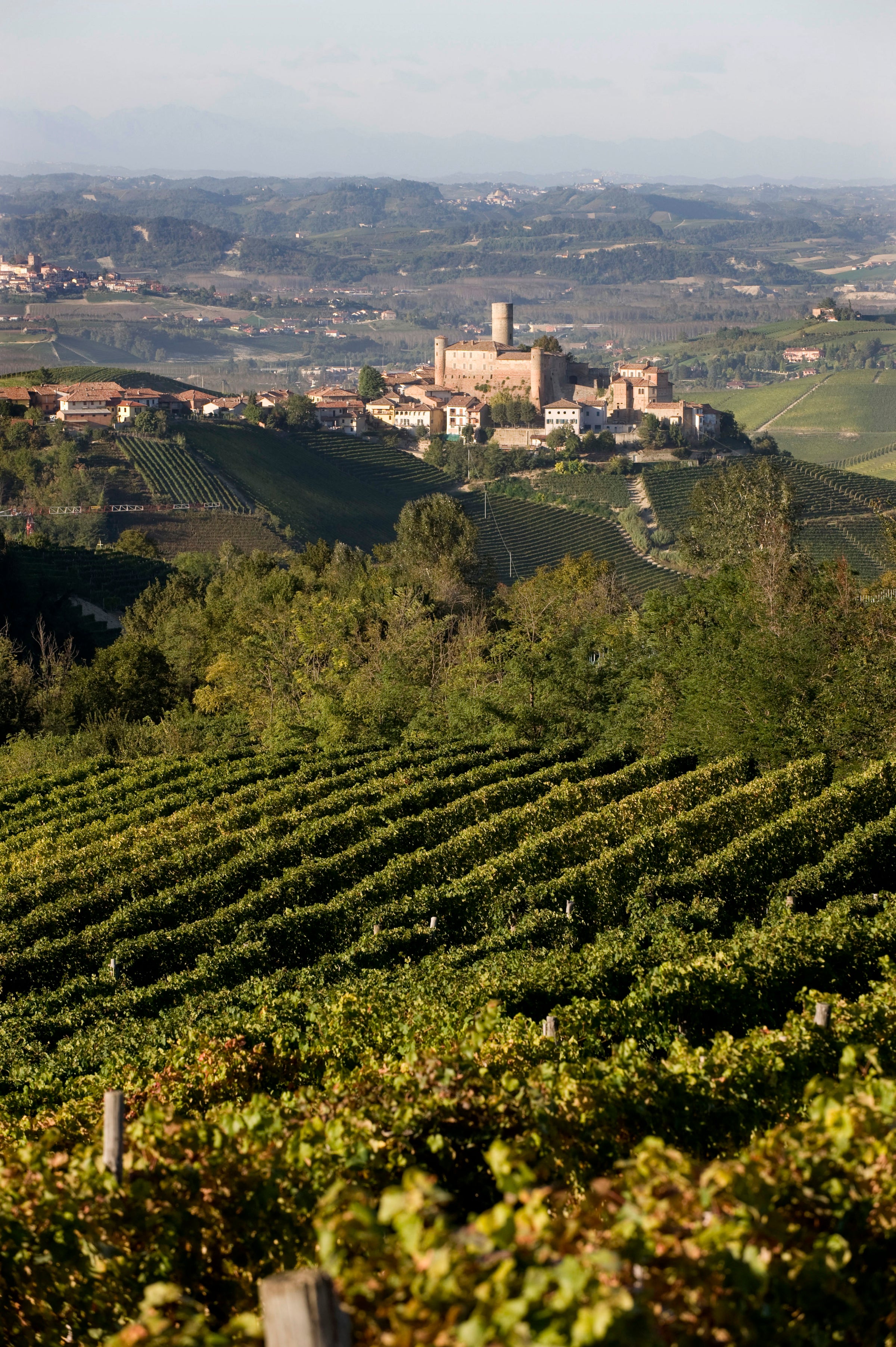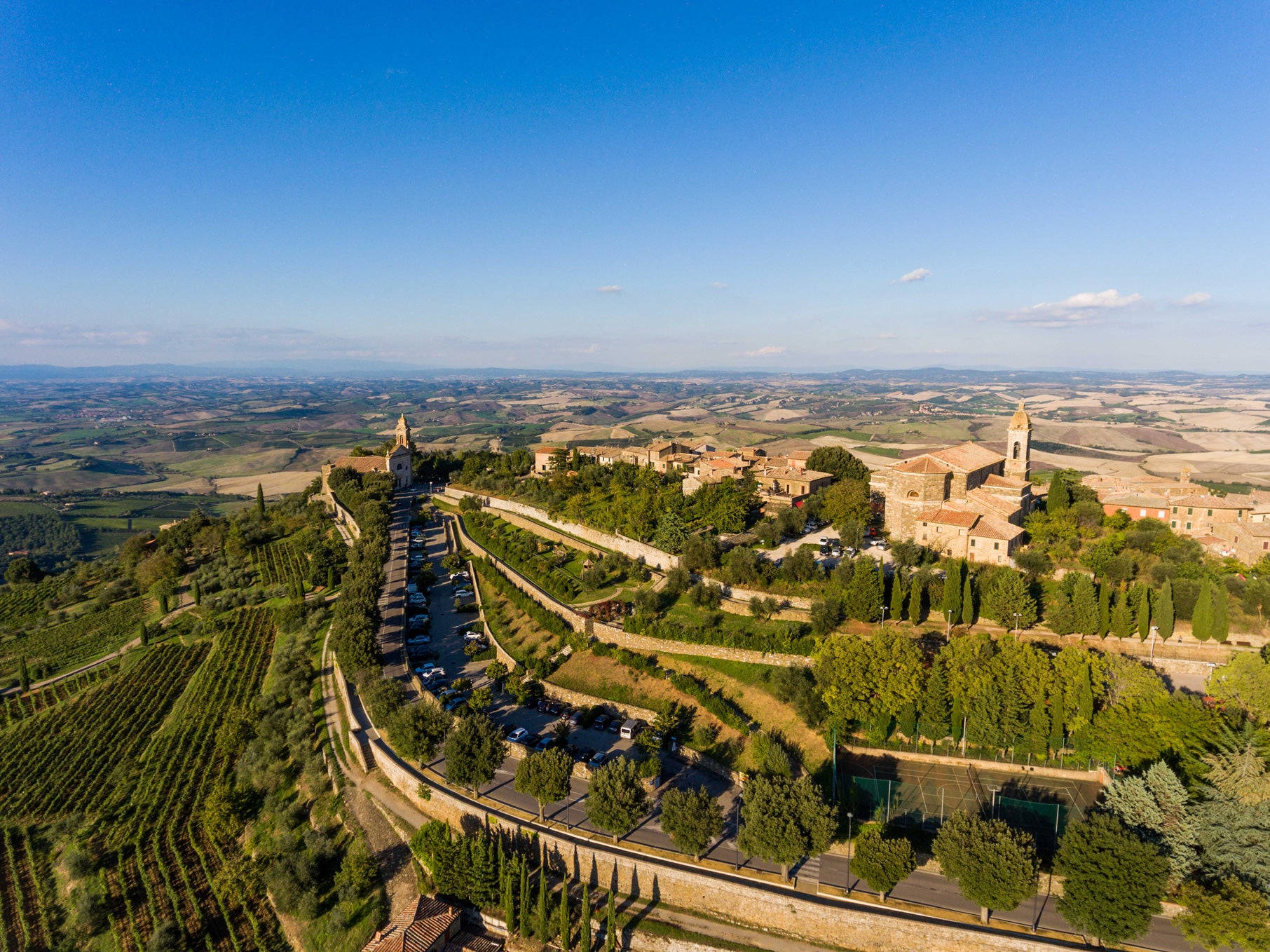For San Fereolo’s rarefied “Austri” bottling, nearly a decade of deliberately quiet, hands-off cellar evolution is met with the exact opposite once the wine reaches the end of its journey: incendiary demand, ear-splitting fanfare, and pure chaos amongst the sommelier community. In other words, nobody except Nicoletta Bocca, the mastermind behind San Fereolo, had been able to taste/acquire today’s soul-stirring 2012 creation until last month. While this may seem absurd, possibly even irrational to some, I’m certain the most passionate wine lovers will embrace the brilliance and monumental undertaking behind it all.
Nicoletta works to an almost supernatural degree, doing what 99.9% of the world’s winemakers don’t: complete biodynamic farming, three years of aging in neutral barrels, and at least four additional years of bottle aging in her cellar. For everyone around here, Nicoletta’s “Austri” epitomizes the essence of Barbera; it’s a Piedmontese red at its most intense, singular, and profound. That said, today’s 2012 is far different than her 2011: For this creation, she experimented with an (arguably) more elegant approach in the cellar—but fear not, the wine’s signature depth, brooding core, and mineral-loaded ferocity still resonate loud and clear. More on that below—as for right now, quickly secure what you can!
Despite growing up in Milan and working in fashion, Nicoletta’s purchase of the estate in 1992 wasn’t to fulfill some fanciful dream. She felt duty-bound to the terroir here, the classic wines, the steadfast tradition. Still, the word “tradition” is subjective, and great wines often challenge the consensus about a given variety or region. For instance, many wine professionals feel that Barbera is not a grape that benefits appreciably from extended cellar aging. These same individuals might also argue that the soils in the Piedmontese village of Dogliani speak most clearly through one variety, alone: Dolcetto. “Austri” defies both of these common misconceptions and I think that makes the world of wine all the better for it. This is a Barbera—the “wrong” grape for the village of Dogliani—that has clearly ascended to greatness due in no small part to natural farming and extended (with a capital ‘e’) aging. This doesn’t just disrupt the status quo, it shatters it.
The story of this bottling begins in the 1,300-foot Austri vineyard in the subzone of Valdiberti. This is an ancient, painstakingly farmed limestone vineyard that adheres strictly to the tenets of biodynamics. Because of the stellar, time-tested location and the chemical-free nature of farming, the fruit produced here possesses exceptional personality and energy. Seemingly, Barbera from Austri in 2011 has more of everything—more depth, more fruit, and more intensity. In the cellar, Nicoletta takes pains to preserve and never mask the wine’s character: fruit is fermented in large, neutral Slavonian oak; there is no temperature control; additives and commercial yeasts are avoided. However, during fermentation for her 2012, Nicoletta experimented with a submerged cap which essentially is a more gradual approach that allows more skin contact to the wine. The result is a red of increased elegance and added complexity from the flavors and components of the skins themselves. Even still, this Barbera is largely left untouched for nearly eight years. The result of this hands-off approach is a singular wine of notable expressiveness, power, and energy. Note: Because this is a bottling of Barbera (plus a touch of Nebbiolo, 5% this year) it does not qualify for the Dogliani appellation, so it is instead funneled into the broader “Langhe” DOC designation.
San Fereolo’s 2012 “Austri” is a powerhouse that demands at least 60 minutes in a decanter, massive Bordeaux stems, and quiet contemplation. During your hour-long wait, we suggest stowing any other purchased bottles in the darkest, coolest place in your house because it has the preternatural focus and structure to continue blowing minds over the next decade. Make no mistake: this is not a simple, gluggable wine to toss around at a party—it’s an intelligent beast of a red that showcases a powerful grape and terroir. After allowing the wine substantial air, it unfolds with dried black raspberry, black cherries, cassis, wild plums, charred violets, tar, smoke, leather, barnyard, tobacco leaf, crushed black stone, wild herbs, and a touch of oak spice. It’s raw mineral power and hint of funky rusticity is what makes it unique—but beyond that lies a wonderfully sublime, dark-fruited core bursting with savory energy. Enjoy your bottle over the course of two evenings to properly track its evolution. We hope you enjoy this limited and fascinatingly long-aged gem!




